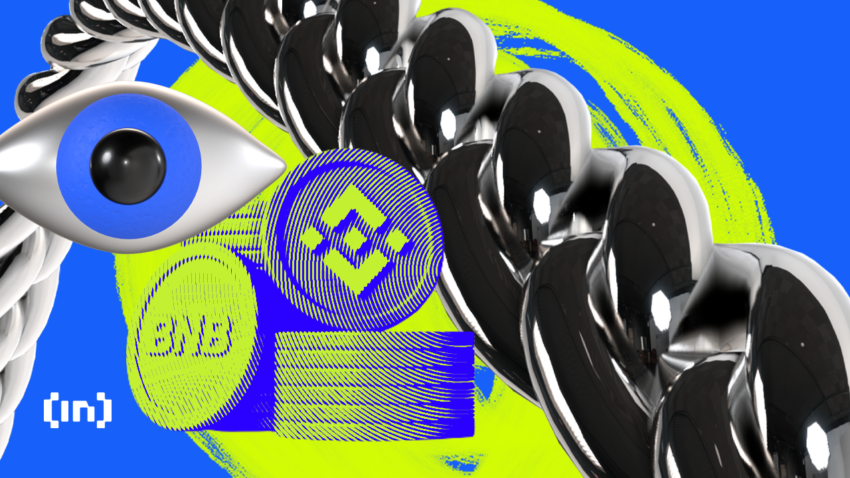Last month’s run on Silicon Valley Bank (SVB) was the result not only of a colossal failure on the part of regulators, but of Twitter rumors. The suddenness of SVB’s fall proves that rumors spread online faster than breaking news.
The Twitter hysteria that brought people to SVB’s doors led many to their crypto exchange accounts Monday morning. The reason? A Twitter user predicted that a red notice would go out on Binance’s CZ. A hard sell ensued, leading to a 3% drop in the value of Binance’s native token, BNB.
Crystal Balls
Predictions are a huge part of crypto culture. End-of-year Twitter spaces, tweets and tweet threads, are all ways traders and creators connect online. In fact, the tweet in question utilized a simple but technically nuanced prediction mechanism usually used to timestamp predictions without revealing what the actual prediction is.
Ironically, a mechanism designed to limit the spread of unverified information became the very catalyst for a misinformation event.
Individuals can formulate predictions and encrypt them using a hash function, in this case SHA256. Then they can share the hash in a tweet. If a prediction comes true, then whoever shared the tweet can show the input text along with the correct hash. If the prediction is wrong, that person can delete the tweet and pretend nothing happened.
Blockchain technology uses hashing as its encryption mechanism, and so it is fitting that hashing became a part of predictions. It is also fitting that an industry built on the gamification of simple things (NFTs, roadmaps for PFPs, etc.) would find a way to gamify hash predictions.
What led to the frenzy on Twitter was that the hash prediction in question was in simple enough language that it could be decoded with a fast computer. Thus, the “prediction” got out, and the internet went wild.
Bad Actors?
Cobie hosts the podcast UpOnly, which features a quote from a critic calling it “childish, unprofessional and bizarre.” He is the original source of the hash tweet that sent Binance into a mini spiral.
The difficulty with predictions is weeding through the genuine posts and opinions and the jokes. Another part of crypto culture is “shit posting,” an activity that Cobie acknowledges is the point of his Twitter account.
The problem here isn’t that rumors exist and that they spread like wildfire on the internet. That much is obvious and has been for decades. The problem is that internet literacy has yet to catch up with the primary news source of our times.
According to Statista, 37% of Americans use social media as their number one source for reading the news. The niche aspect of crypto, and the industry’s preference for a decentralized, uncensored Twitter conversation over legacy outlets (which usually get their leads and sources from Twitter anyway), compound this relationship.
Considering the millions of people duped by the image of the Pope in a designer coat that was a creation of AI, not to mention the rumor that led to $50 million of liquidations on Binance, it will take work to teach people how to vet information on the internet.
In the meantime, it is up to journalists to reach out to sources for clarification instead of lazily quoting tweets. And to look up information outside of Twitter, make sure there is a basis for claims they are reporting on, and use Twitter to share their findings, not to find their leads.
Disclaimer
Following the Trust Project guidelines, this feature article presents opinions and perspectives from industry experts or individuals. BeInCrypto is dedicated to transparent reporting, but the views expressed in this article do not necessarily reflect those of BeInCrypto or its staff. Readers should verify information independently and consult with a professional before making decisions based on this content. Please note that our Terms and Conditions, Privacy Policy, and Disclaimers have been updated.


